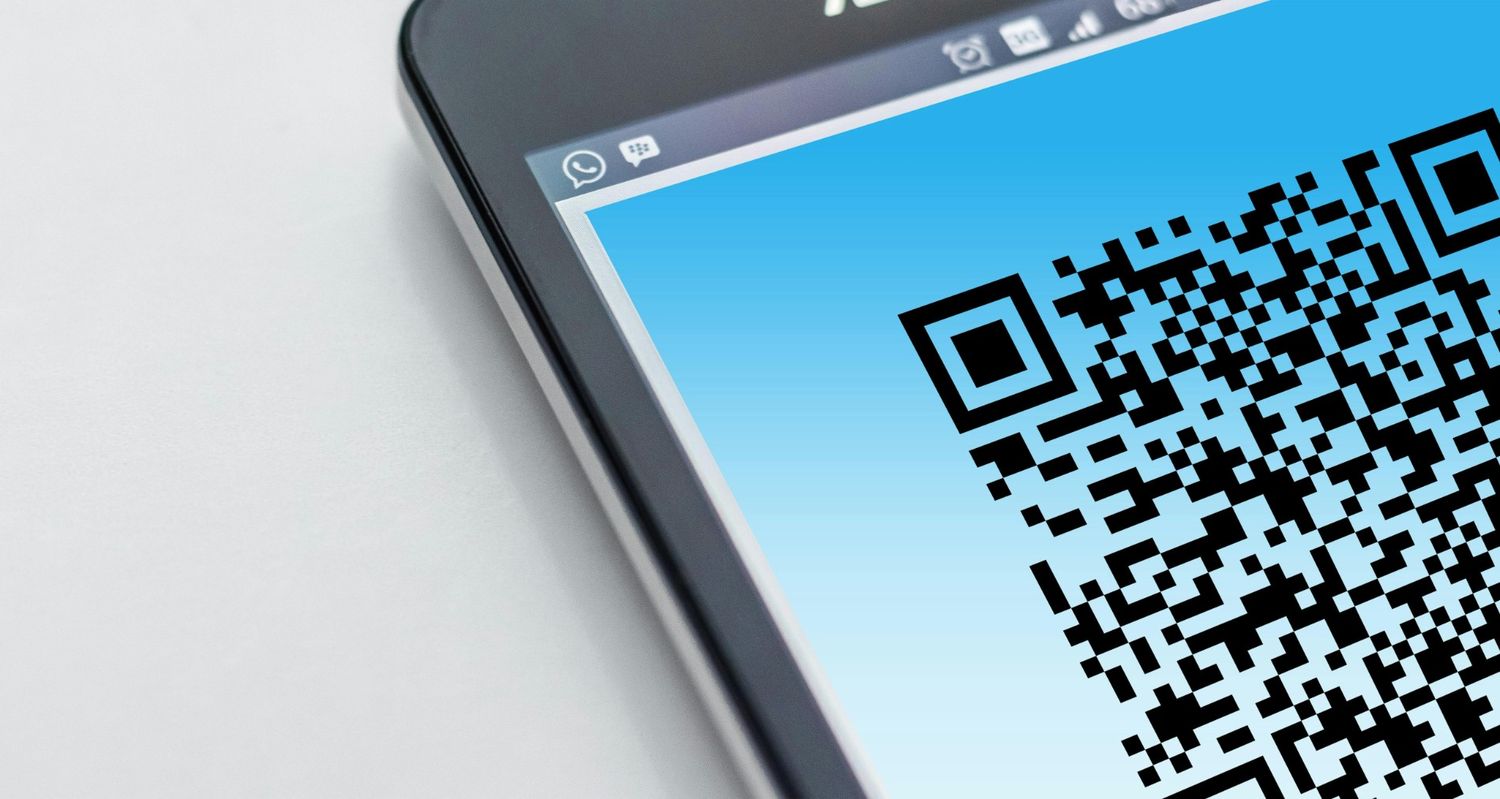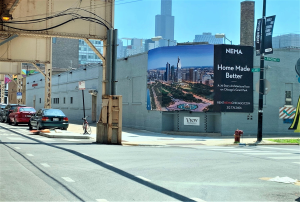Out-of-home (OOH) advertising has long been a staple in marketing strategies, from billboards and transit ads to street furniture and interactive displays. But in today’s digital age, traditional OOH methods alone may not be enough to capture consumer attention and measure campaign success. Enter QR Code Tracking—a powerful tool that bridges the gap between offline and online marketing, providing advertisers with real-time insights and engagement opportunities.
By incorporating QR codes into OOH advertising, brands can transform static displays into interactive experiences, offering consumers instant access to promotions, product information, and personalized content. This blog will explore innovative ways to use QR Code Tracking in OOH advertising, its benefits, and how marketers can leverage this technology for maximum impact.
Why QR Code Tracking is Essential for OOH Advertising
Traditional OOH advertising has always struggled with measuring engagement. Unlike digital ads, where clicks and impressions are easily tracked, physical ads lack direct performance metrics. QR Code Tracking solves this challenge by enabling brands to:
Measure Engagement – Track how many people scan the QR code and interact with the ad.
Optimize Campaigns – Gain insights into consumer behavior and adjust strategies accordingly.
Bridge Offline to Online – Provide seamless access to digital content from physical ads.
Enhance Customer Experience – Offer interactive experiences that boost engagement and conversions.
Now, let’s explore some of the most innovative ways QR codes are revolutionizing OOH advertising.
1. QR Code Tracking on Billboards: Turning Static Ads into Digital Gateways
Billboards are one of the most visible forms of OOH advertising, but they often lack direct interaction. Adding QR codes allows advertisers to drive consumers to engaging digital experiences with a simple scan.
How It Works:
A QR code on a billboard links to a landing page, discount offer, or video ad.
Advertisers track scan rates to gauge interest and optimize ad placements.
Location-based QR Code Tracking helps measure which billboard placements perform best.
Example:
A fashion brand placed QR codes on digital billboards in high-traffic areas, directing users to a virtual try-on experience via AR. This led to a 40% increase in engagement compared to traditional static billboards.
2. QR Code Tracking in Transit Advertising: Engaging Commuters on the Go
Public transportation ads, such as those on buses, subway stations, and taxis, reach millions of commuters daily. By integrating QR Code Tracking, brands can engage potential customers while they’re in transit.
How It Works:
A QR code on a bus stop ad links to a campaign video, interactive quiz, or promotional offer.
Commuters scan the code during their wait time, increasing dwell-time engagement.
QR Code Tracking provides data on peak engagement times and locations.
Example:
A coffee brand placed QR codes in subway stations offering time-sensitive discounts at nearby stores. This campaign resulted in a 30% increase in foot traffic during morning rush hours.
3. Interactive QR Code Tracking on Street Furniture Ads
Street furniture, such as benches, kiosks, and transit shelters, provides valuable advertising real estate. Adding QR codes transforms these everyday fixtures into dynamic marketing tools.
How It Works:
QR codes on bus stops link to a brand’s social media challenge or sweepstakes.
Interactive kiosks with QR codes offer personalized content based on user inputs.
QR Code Tracking helps brands determine which locations generate the most interactions.
Example:
A streaming service placed QR codes on interactive kiosks, allowing users to preview trailers for new shows. The campaign saw a 50% increase in mobile app downloads from users who engaged with the QR codes.
4. QR Code Tracking in Event Sponsorship and Experiential Marketing
Live events, festivals, and sports arenas are prime locations for QR codes, offering real-time engagement with attendees.
How It Works:
QR codes on event banners lead to exclusive content, giveaways, or live polls.
Brands collect attendee data through QR Code Tracking for post-event retargeting.
Gamified QR codes encourage users to participate in branded challenges.
Example:
A beverage brand at a music festival used QR codes for a digital scavenger hunt. Each scan unlocked exclusive backstage content, leading to a 70% increase in social media engagement.
5. Smart Packaging and QR Code Tracking in OOH Retail Ads
Retail spaces provide an opportunity to integrate QR codes into product packaging, in-store displays, and checkout areas.
How It Works:
QR codes on packaging lead to how-to videos, user reviews, or loyalty programs.
In-store QR codes track customer interactions and product interest.
QR Code Tracking measures conversion rates from physical stores to online purchases.
Example:
A skincare brand added QR codes to product displays in pharmacies. When scanned, users accessed a personalized skincare quiz that recommended products. This led to a 35% increase in in-store sales.
Best Practices for Implementing QR Code Tracking in OOH Advertising
To maximize the effectiveness of QR codes in OOH advertising, marketers should follow these best practices:
Make QR Codes Visible and Scannable – Ensure QR codes are large enough and placed at eye level for easy scanning.
Offer Clear Incentives – Communicate the value of scanning the code (e.g., discounts, exclusive content, or interactive experiences).
Optimize for Mobile – Ensure the landing page linked to the QR code is mobile-friendly and loads quickly.
Use UTM Parameters – Integrate UTM tags to track traffic sources and measure campaign performance accurately.
Analyze and Adapt – Use QR Code Tracking data to refine strategies, such as adjusting ad placements or enhancing digital content.







